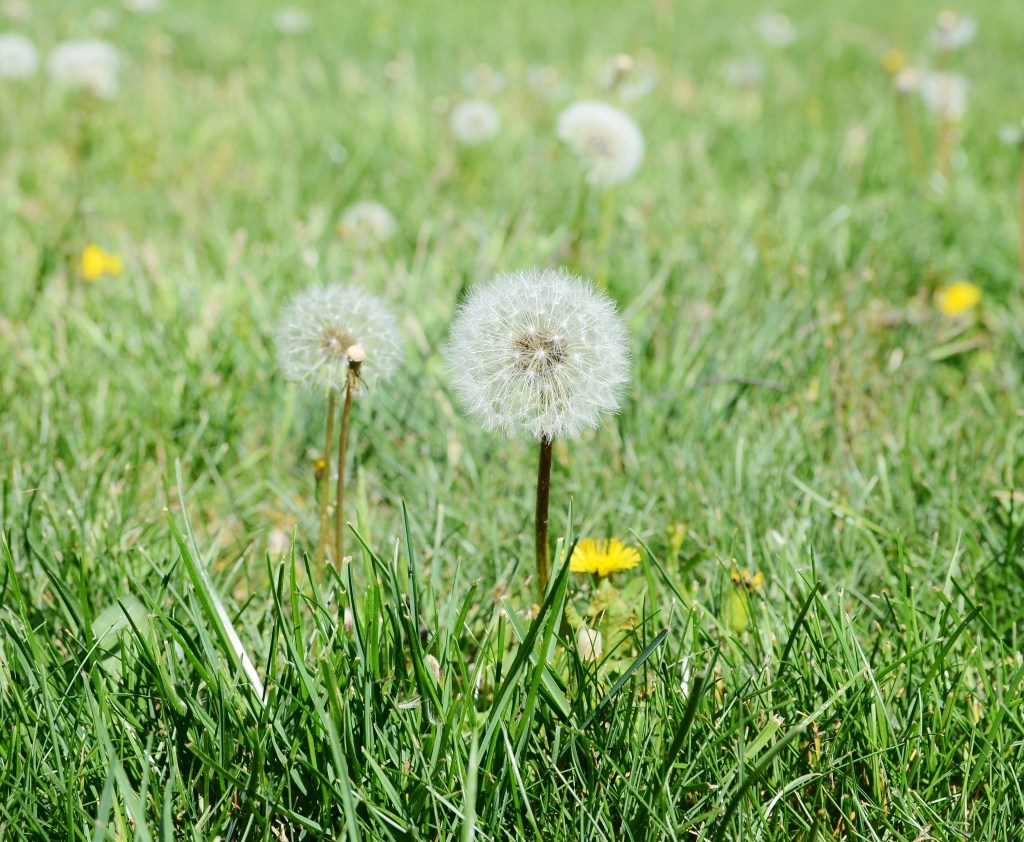HOME & GARDEN SPOT: Loving your lawn this spring
Published 5:30 am Wednesday, March 15, 2017

- Spring is a good time to put post-emergent herbicide on lawns to control weeds after they emerge.
As we stand on the threshold of spring, you need to start planning as it pertains to your turfgrass.
In March, we begin to worry about the sea of green weeds we notice as we meander through our yards. However, most of those weeds you are seeing now will disappear once summer weather arrives.
The weeds you are seeing now generally belong to either one of two categories: winter annual weeds or perennial weeds. The best way to get effective control of annual weeds is by putting out a pre-emergent herbicide before they germinate. Therefore, to control those annoying winter annual weeds like lawn burweed and chickweed, you would put out a pre-emergent herbicide in the fall.
At this time of year you can put out a post-emergent herbicide, which controls weeds after they emerge. However, they have most likely already dropped their seeds for the year and you would do better to wait until fall to mount your attack.
Now you may be wondering about those weeds that hang out in your turf during the summer; those are summer annual weeds (i.e. crabgrass and spurge) and they germinate in the late winter and early spring. It is too late to put out your pre-emergent for the year, so when they first emerge from the ground you can knock them back with a post-emergent herbicide to ensure that they do not drop seed for next year. It is a lot easier to control weeds when they are young and have tender new growth.
Let’s talk about fertilizer. At this time of year, our grass is starting to emerge and we would love nothing more than to give it a little boost as it begins to grow. But, if you have not done a soil test in recent years I highly suggest you take one.
A soil test will inform you as to what your pH and nutrient levels are. Soil tests do not test for nitrogen because the levels change so rapidly. Therefore, our tests give a basic recommendation for nitrogen application.
Performing a test on your soil will let you know if your lawn needs lime, phosphorous, potassium, or other nutrients for healthy growth. You can get a soil testing kit from your local extension office.
In addition to fertilizing and weed management, you need to inspect your irrigation system, if necessary. During the winter, you could have sustained damage from freeze and pests that you need to fix before our sweltering summer arrives. If we have another year as hot and dry as it was in 2016 then you will need your irrigation up and running in top shape.
As always, feel free to contact your local Extension office for more information. We have agents well versed in lawn maintenance and access to publications that can help you turn your yard into a lawn. You can also visit our website at www.aces.edu.





